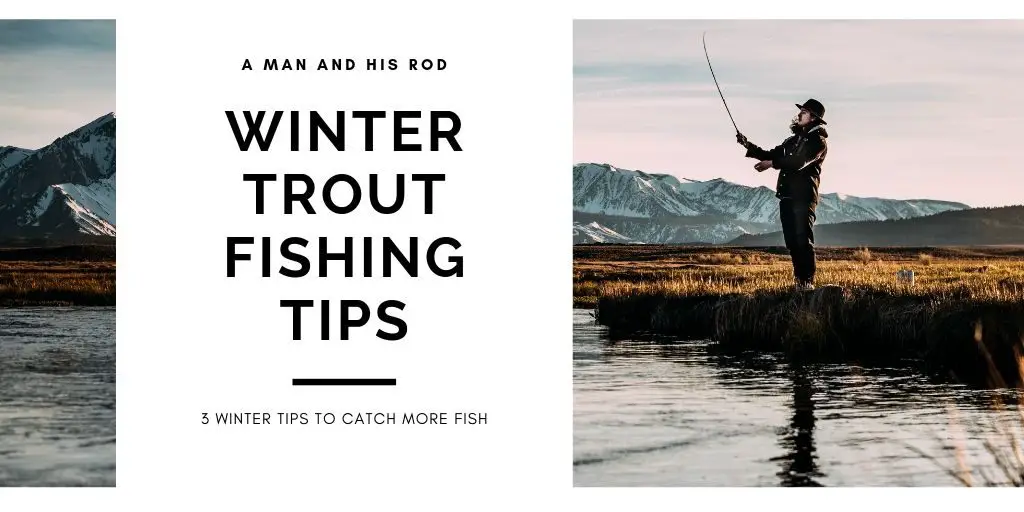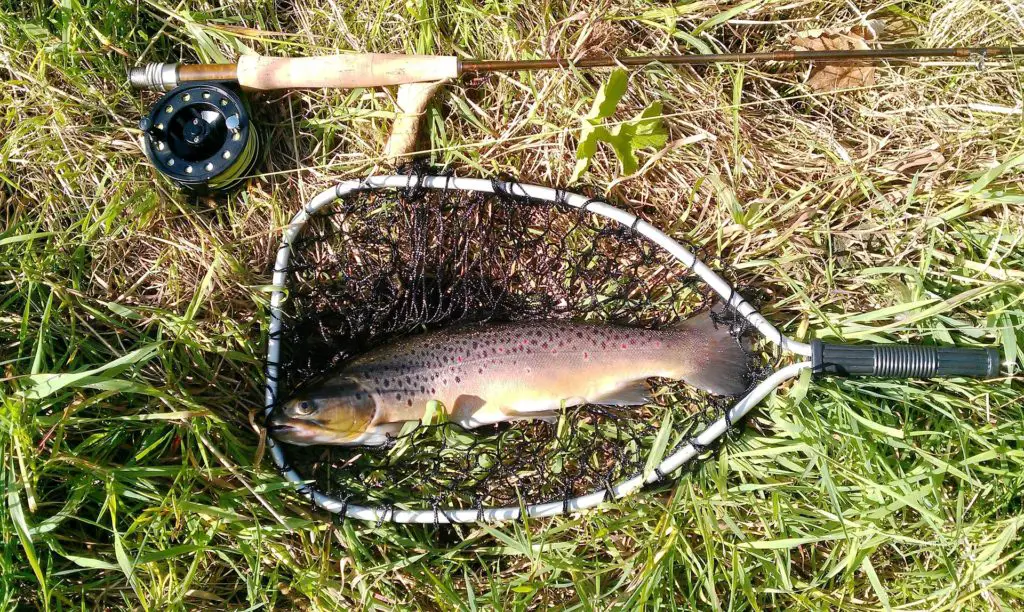
As an angler knowing your fishing line is critical to having success out on the water. You may be surprised at how many types of fishing lines exist today. Choosing the right type of fishing line for the situation is what we are going to discuss here today.
There are three major line types that have really began to dominate the market these days. Those three types of fishing line are monofilament, Fluorocarbon, and braid.
Lets break these line types down a little bit to help us understand their applications.
Monofilament Fishing Line

Monofilament fishing line was the dominant line for many of years. This Line is made of a single (mono) filament strand of nylon.
When produced at different diameters you have more or less tinsel strength. The thinner the nylon strand the less force it takes to break. This is how we come up with what pound test a line is.
6 lb monofilament line is smaller thus weaker than say 20 lb monofilament line.
Monofilament fishing line is susceptible to sun, water, and age. If left in the sun the line can degrade. The same goes for age of the line as well. Old line will not come off the spool correctly. Old monofilament fishing line will flake off in loops or twisted knots.
Monofilament is not advisable for long periods of time under water. The water can actually slightly absorb into the line reducing its sensitivity.
Monofilament fishing line also has a neutral buoyancy. This creates a slow sinking affect with the line thus great for fishing top water, shallow diving crankbaits, or fishing larger swimbaits.
Monofilament also has a great color pallet. When produced it can be made in to a wide variety of colors although the most common are clear, green, and red.
The most common types of knots used with monofilament fishing line are the Trilene knot and the Palomar knot.
To review Monofilament fishing line
- Single polymer strand
- the smaller the diameter the smaller the pound test
- Monofilament is very buoyant
- Not advisable for salt water or long periods of time soaking.
- Use the Trilene or Palomar knots
Fluorocarbon Fishing Line

Fluorocarbon fishing lines have revolutionized the way we fish small swimbaits, jigs, worms, and even senkos.
Fluorocarbon fishing line, also called polyvinylidene difluoride, and is quite different the monofilament fishing line.
- Visibility – Fluorocarbon fishing line is more dense and more reflective thus making it harder to see in the water. It is far less visible than its monofilament counter part.
- Stretch – Fluorcarbon fishing line has far less stretch than monofilament fishing line. This makes it less pliable or supple. This is a property that is desirable for the previously mentioned techniques.
- Durability – Fluorocarbon fishing line is far more durable than monofilament fishing lines. It is more dense thus far less abrasion prone when fishing around wood or rocks.
- Sink Rate – Fluorocarbon fishing line will sink much fast than monofilament fishing lines. The is not ideal for fishing with frogs or top water and shallow running baits.
Another great advantage, and perhaps the most important, is the sensitivity of fluorocarbon. Because fluorocarbon fishing line does not absorb any water it maintains its great sensitivity and knot strength over time.
Braided Fishing Line

Lastly we have braided fishing lines. We all know the main advantage of braided fishing lines….. its the strength. braided fishing line is leaps and bounds strong that both monofilament and fluorocarbon fishing line.
Braided fishing line are crafted out of Dacron, Spectra and Dyneema. Technology today allows us to make extremely small diameter fishing line that is also quite strong.
Braided fishing line really only has one disadvantage working against it, visibility. It is very visible in the water.
That being said braided fishing lines are great for a large amount of bass fishing techniques. The two techniques that may be the most common are fishing with frogs and Flipping/Pitching.
Believe it or not braid can actually be quite sensitive. Because of its small size and composition braid my surprise you on the sensitivity spectrum.
Braided Fishing line Review
- Strength – Braid is the strongest out of the three types of fishing line mentioned here.
- Durability – Braid is also extremely durably and provides great muscle when you have to horse a bass around.
- Sensitivity – Braid is surprisingly sensitive.
- Knots – Use the Palomar or Surgeons know when tying on braid.
- Backlash – When using a baitcaster you not want to make a birds nest out of braided fishing line. It is far and away the worst line for getting back lashes undone.
As a side note, if you would like to use braid for small finesse style fishing baits, you can add a leader to the end of your braid. Simply tie on a 10 piece of fluro and you can buy yourself some space between the braid and your bait.
In Conclusion
I hope now that you have a better understanding of the three main types of fishing line. Each line is equally important and each has a very specific purpose.
Feel free to ask me any questions you may have regarding fishing lines or what type of line to use with a specific type of bait.

